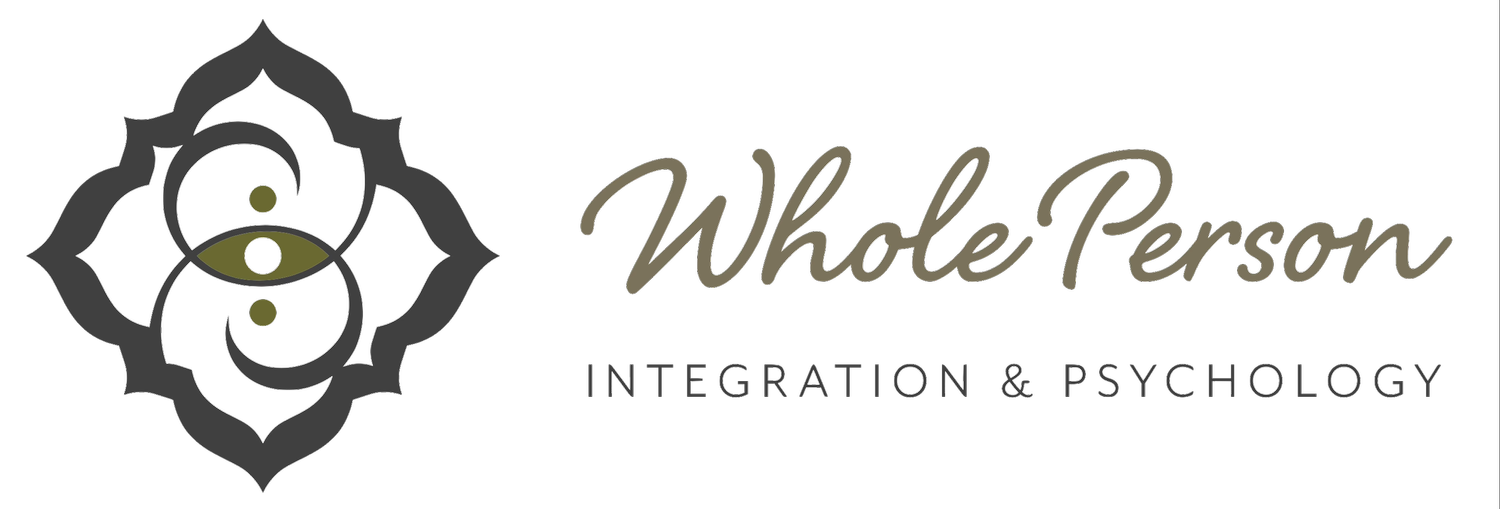The Long-term Consequences of a Common Form of Abuse: Sibling Abuse
By: Dr. Denise Renye
Siblings fight but while some fighting is to be expected, it’s not always harmless. Fighting can tip over into abuse, and in fact, sibling aggression is the most common form of family violence that youth experience or witness, according to a study by Finkelhor et al. Sibling violence is so normalized that most people don’t know how to distinguish problematic behaviors from benign rivalry or constructive conflict. But there is a difference, and just like with other forms of abuse, sibling abuse can have long-lasting consequences.
As a Marin County depth psychotherapist, I define sibling abuse as the conscious or unconscious intent to harm a sibling physically, emotionally, or psychologically. It is often unidirectional, with one sibling constantly targeting the other(s), although in some cases, the abuse can go both ways. Sibling abuse may include physical injury, sexual assaults or denigration, intentional destruction of cherished possessions, and ongoing patterns of intimidation, belittling, or verbal cruelty. It is important to emphasize that verbal and emotional abuse are still abuse, even when there are no visible wounds. A nationally representative survey from more than 10 years ago found that one-third of children ages 0 to 17 experienced sibling victimization in the previous year, with 4% of children receiving an injury or facing a weapon from a sibling.
Some people might say that’s just “kids being kids” or that siblings grow out of sibling abuse. Neither is true. Yes, some hitting, kicking, and teasing is common among siblings but abuse is consistent and it’s harmful. It leaves an imprint because of its malicious nature and the feeling of its inescapability that comes from it happening in the home. In the short term, the abused child may show signs of depression, anxiety, fear of the dark, behavioral problems at school, bed wetting and sometimes thoughts of self-harm. As for the child engaging in the abuse, the behavior often doesn’t stop with their sibling. These patterns can carry over into their other relationships at school and later into adulthood. Long term, the impacts of sibling abuse can include chronic low self-esteem, difficulty trusting others, struggles with intimacy, and unresolved trauma that may surface in adult relationships.
For all siblings involved, the abuse sets a template for their adult relationships. Research by Noland et al. and Simonelli et al. confirms that aggressive sibling relationships put people at risk of intimate partner violence – both enacting it and returning to the familiar role of the abused. It’s not conscious but kids learn, “Oh, this is what close relationships look like.” People re-enact the patterns that feel most familiar to them because, for better or worse, “familiar” feels safe and people gravitate toward safety even if, from an outside perspective, the relationship is not safe.
Human beings are complex and oftentimes behave in ways that don’t make logical sense. That’s because our nervous systems don’t follow logic. They follow patterns. Nervous systems are like ruts in a road – they follow well-worn grooves, even if those grooves are painful. As a Marin County depth psychotherapist, I support my clients and patients in rewiring their nervous systems.
Together, we untangle these early childhood wounds, shine a light on things that were once normalized, and work together to begin to learn what is truly healthy. This isn’t just a mental process, however. Much of the work involves the unconscious mind and also the body. This is why I emphasize somatic therapy, because the mind may say one thing and the body another. Until the body learns, on a physiological level, what safety actually feels like, a person may continue to be drawn to relationships that mirror their early experiences.
Our early childhood experiences shape our relationships in lasting ways, as we know from attachment theory. While much attention is given to our bonds with parents or caregivers, sibling relationships are often overlooked, even though they are just as formative. These relationships are intimate, too. You may not speak to your siblings now as an adult. Or you might believe that because you’re grown, what happened in childhood no longer matters. But neither is true. We can’t run from what happened to us as children but we can heal it with patience, courage, and support from a trained professional. If you’d like to work with me on doing so, schedule an appointment.
References
Finkelhor, D., Turner, H. A., Shattuck, A., & Hamby, S. L. (2015). Prevalence of childhood exposure to violence, crime, and abuse: Results from the National Survey of Children’s Exposure to Violence. JAMA Pediatrics, 169(8), 746–754. https://doi.org/10/cfmz
Noland, V. J., Liller, K. D., McDermott, R. J., Coulter, M. L., & Seraphine, A. E. (2004). Is adolescent sibling violence a precursor to college dating violence? American Journal of Health Behavior, 28(Suppl. 1), S13–S23. https://doi.org/10/gqcnqf
Simonelli, C. J., Mullis, T., Elliott, A. N., & Pierce, T. W. (2002). Abuse by siblings and subsequent experiences of violence within the dating relationship. Journal of Interpersonal Violence, 17(2), 103–121. https://doi.org/10/dsh6tw
Tucker, C. J., Finkelhor, D., Shattuck, A. M., & Turner, H. (2013). Prevalence and correlates of sibling victimization types. Child Abuse & Neglect, 37(4), 213–223. https://doi.org/10/f5bnkk

